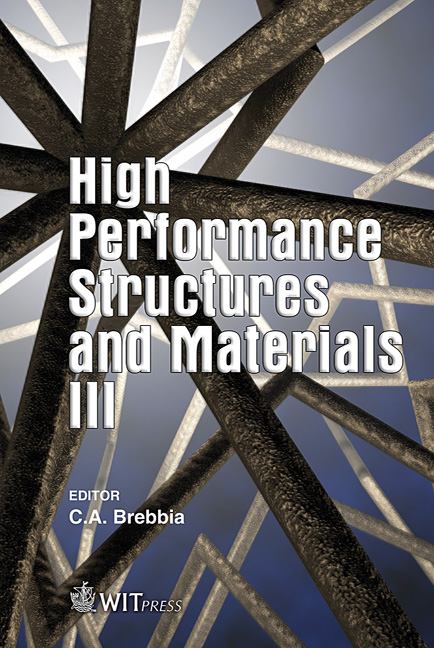Characterisation Of The High Strain Rate Properties Of Advanced High Strength Steels
Price
Free (open access)
Transaction
Volume
85
Pages
10
Published
2006
Size
969 kb
Paper DOI
10.2495/HPSM060261
Copyright
WIT Press
Author(s)
J. Van Slycken, P. Verleysen, J. Degrieck & J. Bouquerel
Abstract
In the automotive industry a lot of energy is put into the development of lightweight auto body structures that are able to outperform the classic structures. For these purposes tremendous advances have been made in the field of multi-phase steels. Complex steel grades have been developed with exceptional mechanical properties: they combine high strength values (yield strength, tensile strength, etc.) with an excellent ductility. TRIP steels (TRansformation Induced Plasticity steels) show these properties pre-eminently. To guarantee a controlled dissipation of the energy released during a crash, knowledge and understanding of the impact-dynamic material properties is essential. In this paper the results are presented of an extensive experimental program to investigate the strain rate dependent mechanical properties of different TRIP steels. The influence of different alloying types (Al, Si, SiAl, etc.) on the static and dynamic stress-strain behaviour is investigated. A split Hopkinson tensile bar set-up was used for the experiments. Microstructural observation techniques such as different optical methods, SEM and XRD were used to reveal the mechanisms governing the observed high strain rate behaviour. From the results it is clear that the excellent mechanical properties are not only preserved at higher strain rates, but still improve. The influence of the alloying elements is comparable in the static and dynamic case: aluminium tends to increase the elongation level of the material, whereas silicon improves the stress that is achieved. Keywords: high strain rate behaviour, split Hopkinson tensile bar, TRIP steel, alloying elements.
Keywords
high strain rate behaviour, split Hopkinson tensile bar, TRIP steel, alloying elements.





